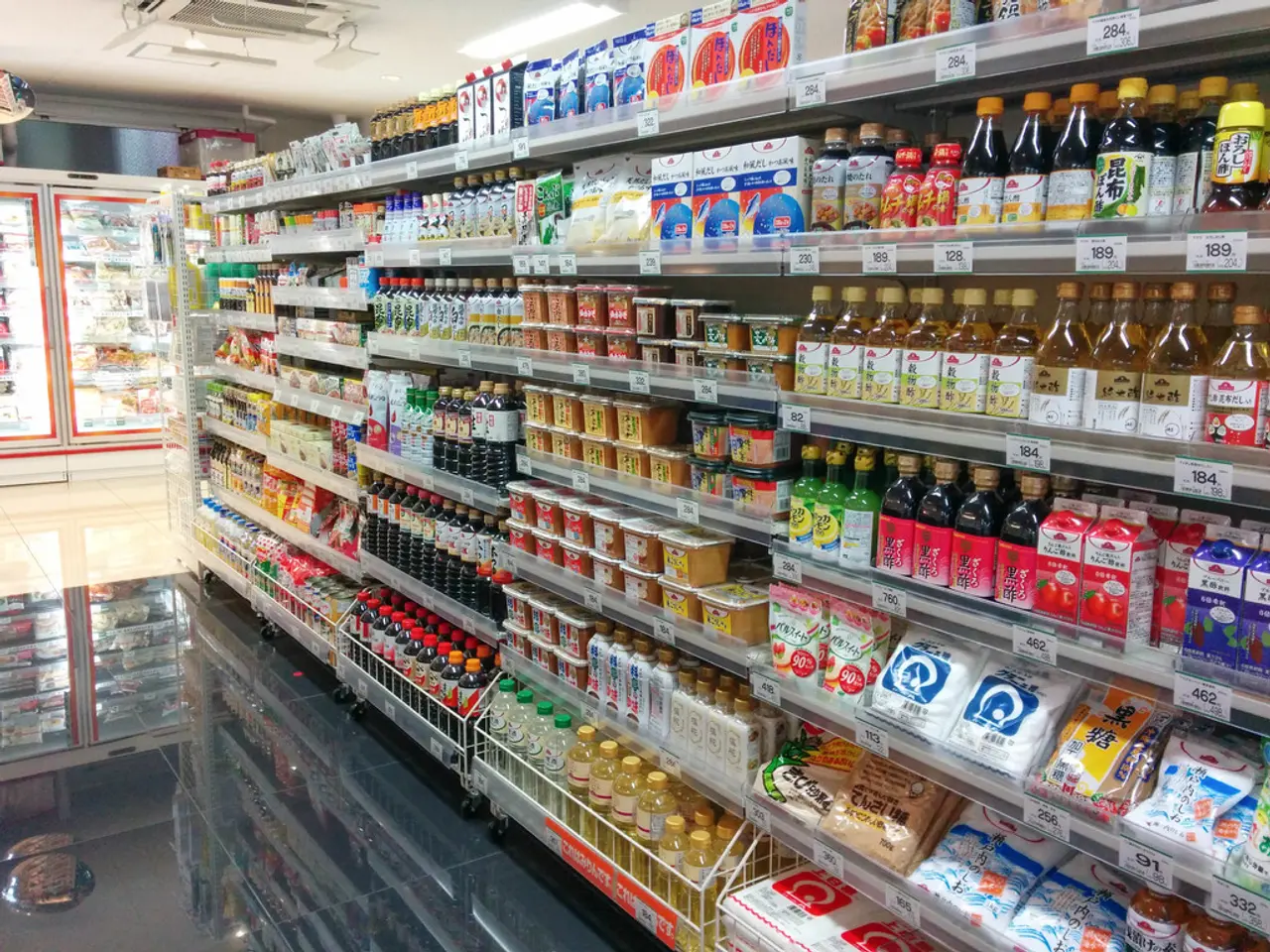Google Analytics Measurement for Online Store Success: Definition, Desirable Percentage, Enhancement Guides
In the rapidly evolving world of ecommerce, conversion rates play a pivotal role in determining the success of online businesses. This article explores some best practices to optimize conversion rates and offers insights from Google Analytics to help improve sales.
Optimizing Call to Action
A call to action (CTA) is a crucial element in converting website visitors into customers. One effective strategy is to make buttons larger and use exciting wording that encourages customers to act. For instance, instead of a generic "Buy Now" button, consider using a more enticing phrase like "Get Your Desired Product Today!"
Focusing on Images
High-quality images can significantly enhance the user experience and increase conversions. By featuring more pictures, businesses can showcase their products in a more appealing manner, potentially driving more sales.
A/B Testing
A/B testing is an essential method for identifying what combinations of elements drive the most conversions. By testing different variations of website elements, businesses can make data-driven decisions to optimize their site for maximum conversions.
Tracking Conversion Rates with Google Analytics
Google Analytics is a powerful tool for ecommerce businesses, offering insights into conversion rates, user behavior, and more. To track conversion rates using Google Analytics, businesses should:
- Go to the "Conversions" section.
- Select "Ecommerce" and "Overview."
- Check the conversion rate under the chart.
Regularly checking conversion rates is essential to gauge the success or failure of business ventures and to identify potential problems.
Industry-Specific Conversion Rates
The conversion rate for ecommerce can vary widely depending on the industry and business model. For instance, the food and drink industry has an average conversion rate of up to 7.24%, while the furniture industry has a median average conversion rate of 0.68%. It is essential to compare your conversion rate with industry averages to determine if it is good or not.
Enhancing User Experience
The all-important user experience matters a lot in the customer journey and could lead to issues with conversion rates. To improve the user experience, businesses should focus on factors such as site navigation, mobile optimization, checkout process quality, and trust signals.
Securing Customer Information
Cybercrime is a significant issue, and ensuring the safety of visitor's credit card information is crucial for maintaining high conversion rates. By implementing trusted third-party checkout systems like PayPal, businesses can provide a sense of security to visitors, potentially increasing conversions.
Providing Great Customer Service
Great customer service can significantly improve conversion rates and customer loyalty. Offering live chat services, for example, has a history of success in improving conversion rates and customer satisfaction.
Building Trust with Reviews
Featuring great reviews can help build trust with prospective customers, potentially driving more sales. By showcasing positive customer experiences, businesses can increase their credibility and encourage more visitors to make a purchase.
In conclusion, by implementing these best practices and leveraging the insights provided by Google Analytics, ecommerce businesses can optimize their conversion rates, increase total conversions, and ultimately, achieve success in online sales.
Read also:
- Peptide YY (PYY): Exploring its Role in Appetite Suppression, Intestinal Health, and Cognitive Links
- Toddler Health: Rotavirus Signs, Origins, and Potential Complications
- Digestive issues and heart discomfort: Root causes and associated health conditions
- House Infernos: Deadly Hazards Surpassing the Flames




